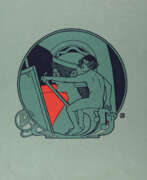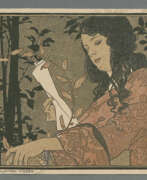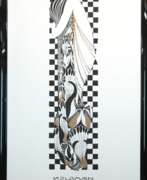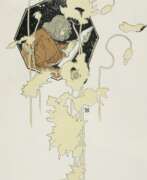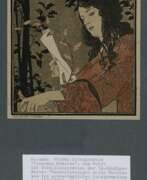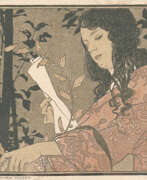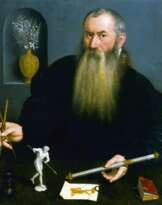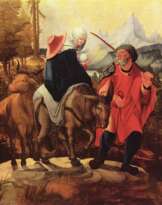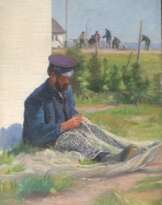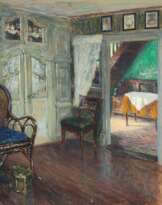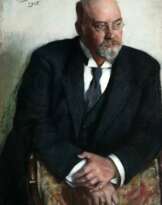Koloman Moser (1868 - 1918)
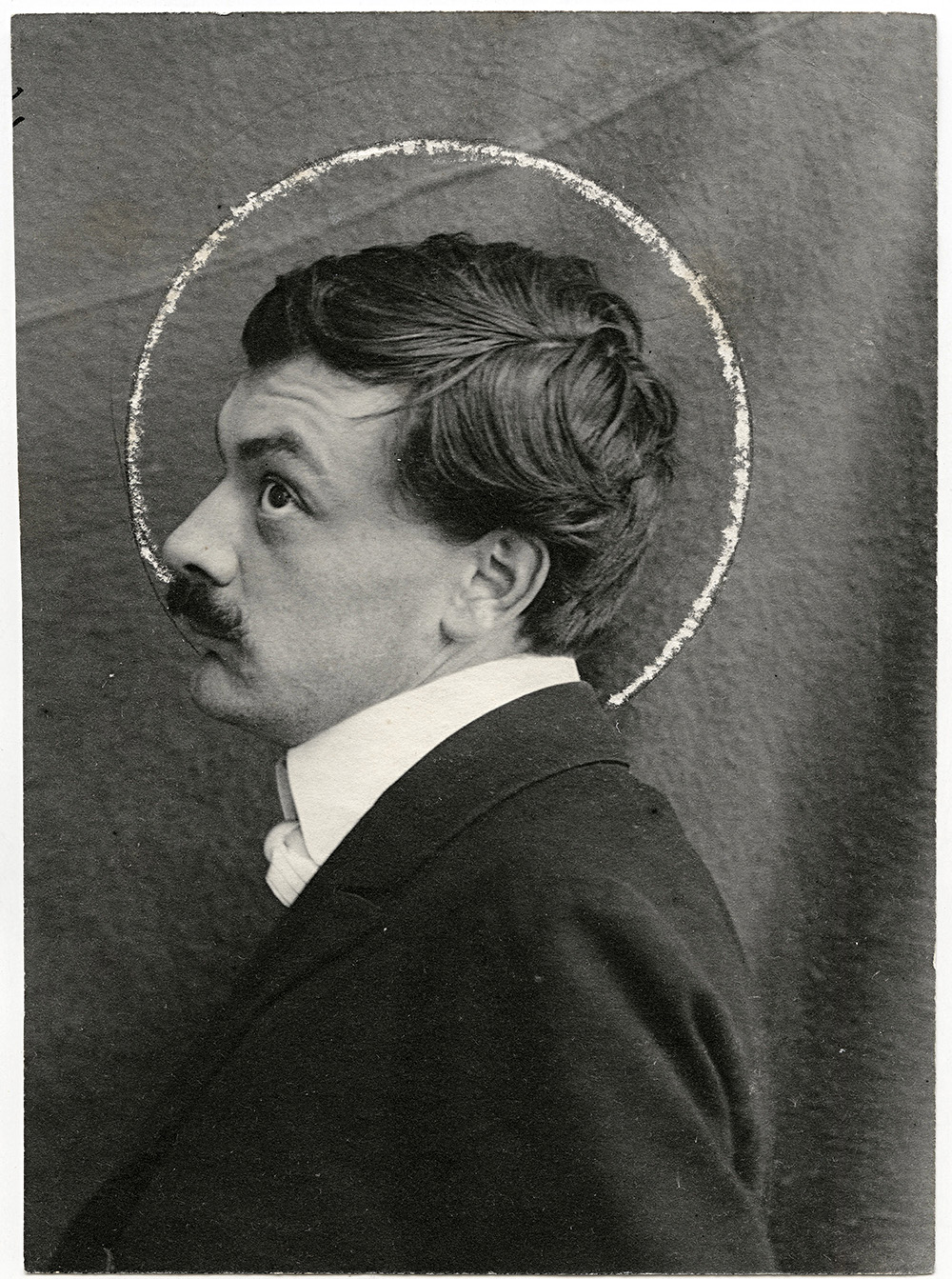
Koloman Moser
Koloman Moser, an Austrian artist, was a pivotal figure in the Vienna Secession movement and a co-founder of Wiener Werkstätte. His diverse portfolio includes graphic works, fashion designs, stained glass windows, ceramics, silverware, jewelry, and furniture. Moser's style, characterized by precise geometric patterns and a harmonious blend of colors, made a significant impact on 20th-century graphic art and design.
Koloman Moser's work extended beyond art; he designed currency and stamps, notably the Austrian-Hungarian 50 Crown Banknote and a stamp featuring Emperor Franz Joseph. His legacy is preserved in various museums, including the Museum of Applied Arts Vienna (MAK), which hosted a comprehensive exhibition to commemorate the centenary of his death.
For collectors and art enthusiasts, Koloman Moser's creations offer a unique glimpse into the evolution of modern design and the rich cultural tapestry of early 20th-century Vienna. To stay informed about upcoming sales and auction events related to Koloman Moser's work, signing up for updates is an excellent way to stay connected with this influential artist's enduring legacy.
| Date and place of birt: | 30 march 1868, Vienna, Austria |
|---|---|
| Date and place of death: | 18 october 1918, Vienna, Austria |
| Nationality: | Austria, Austria-Hungary (1868-1918) |
| Period of activity: | XIX, XX century |
| Specialization: | Artist, Decorator, Graphic artist, Painter |
| Art school / group: | Vienna Secession |
| Art style: | Art Nouveau, Expressionism, Impressionism, Modern art |

